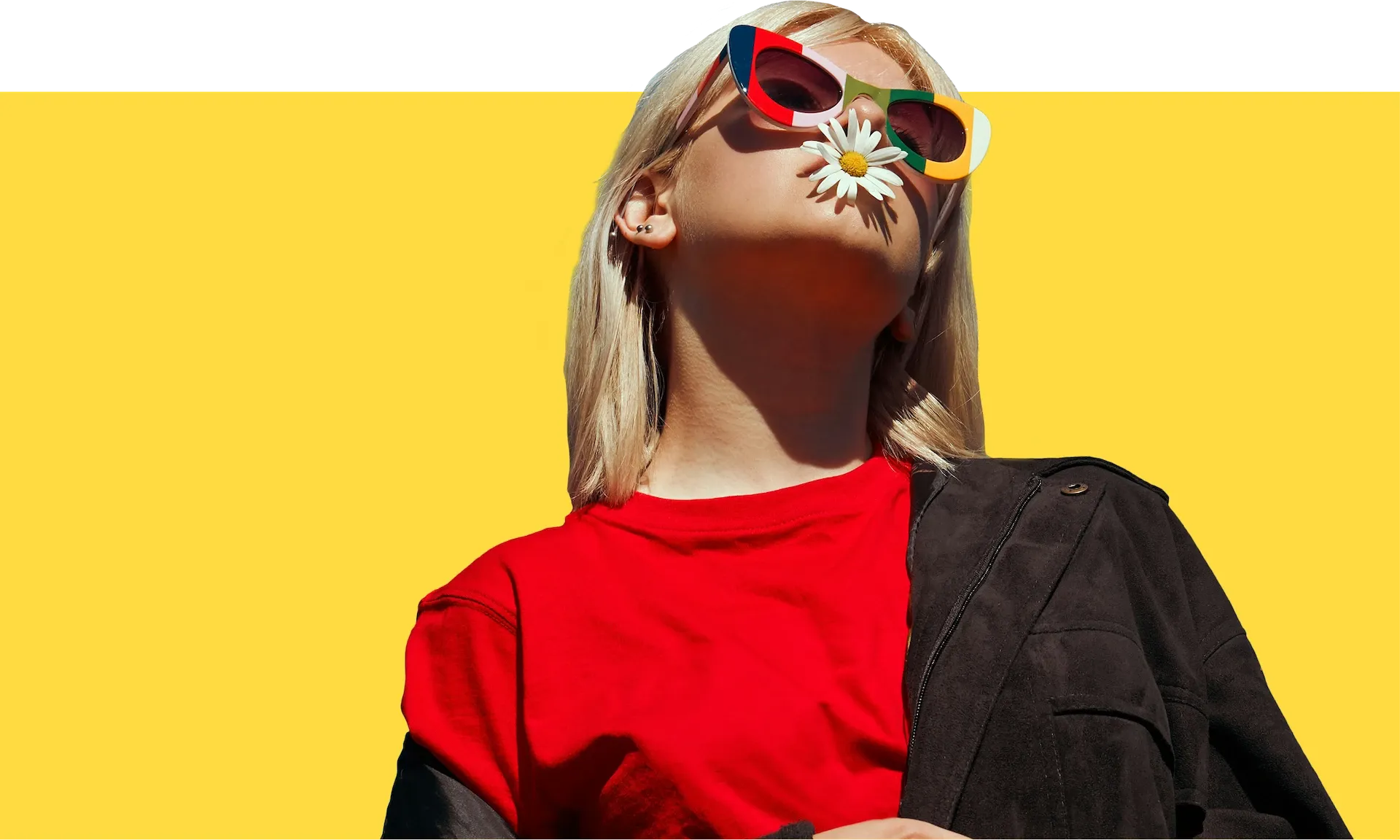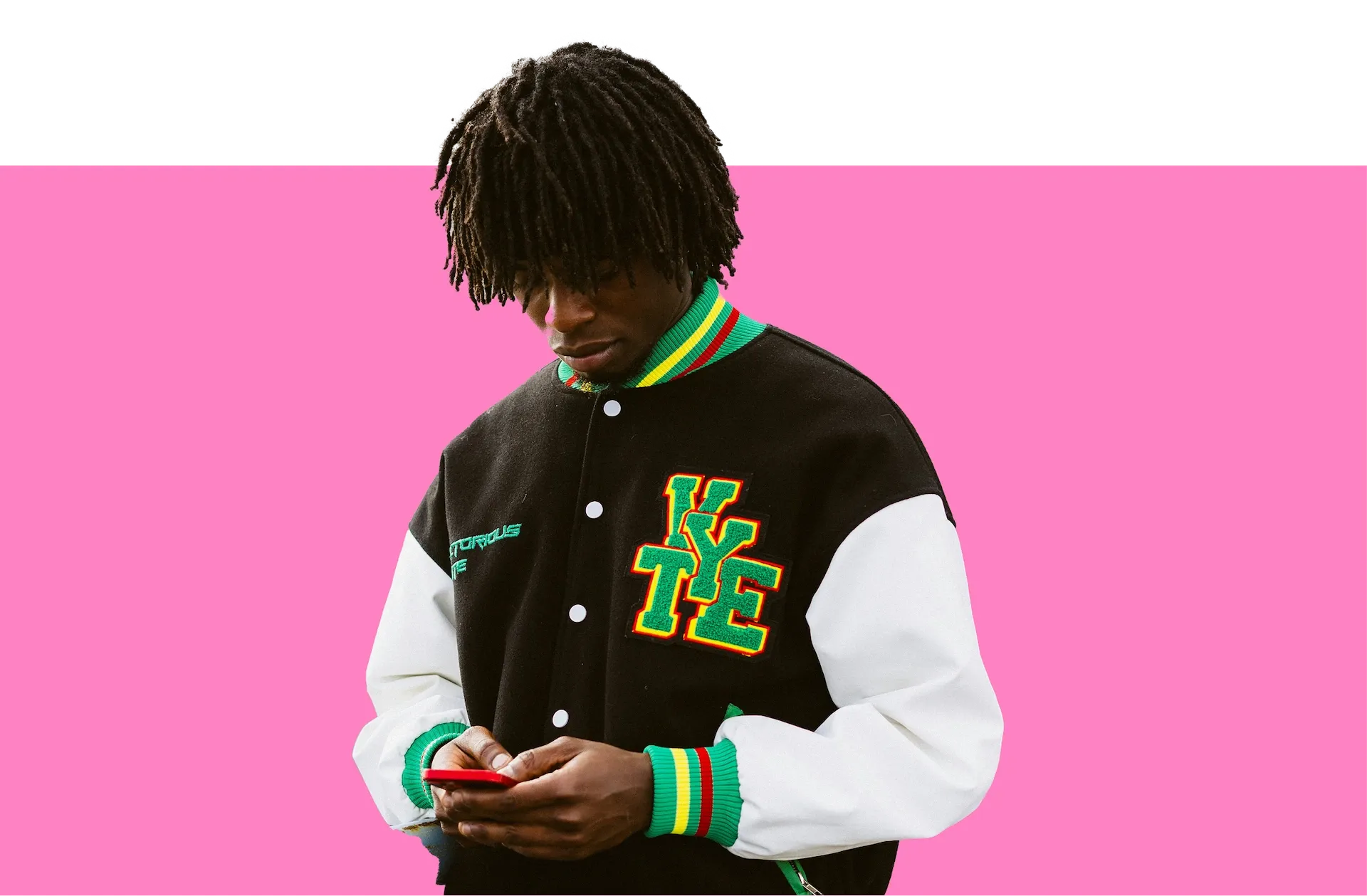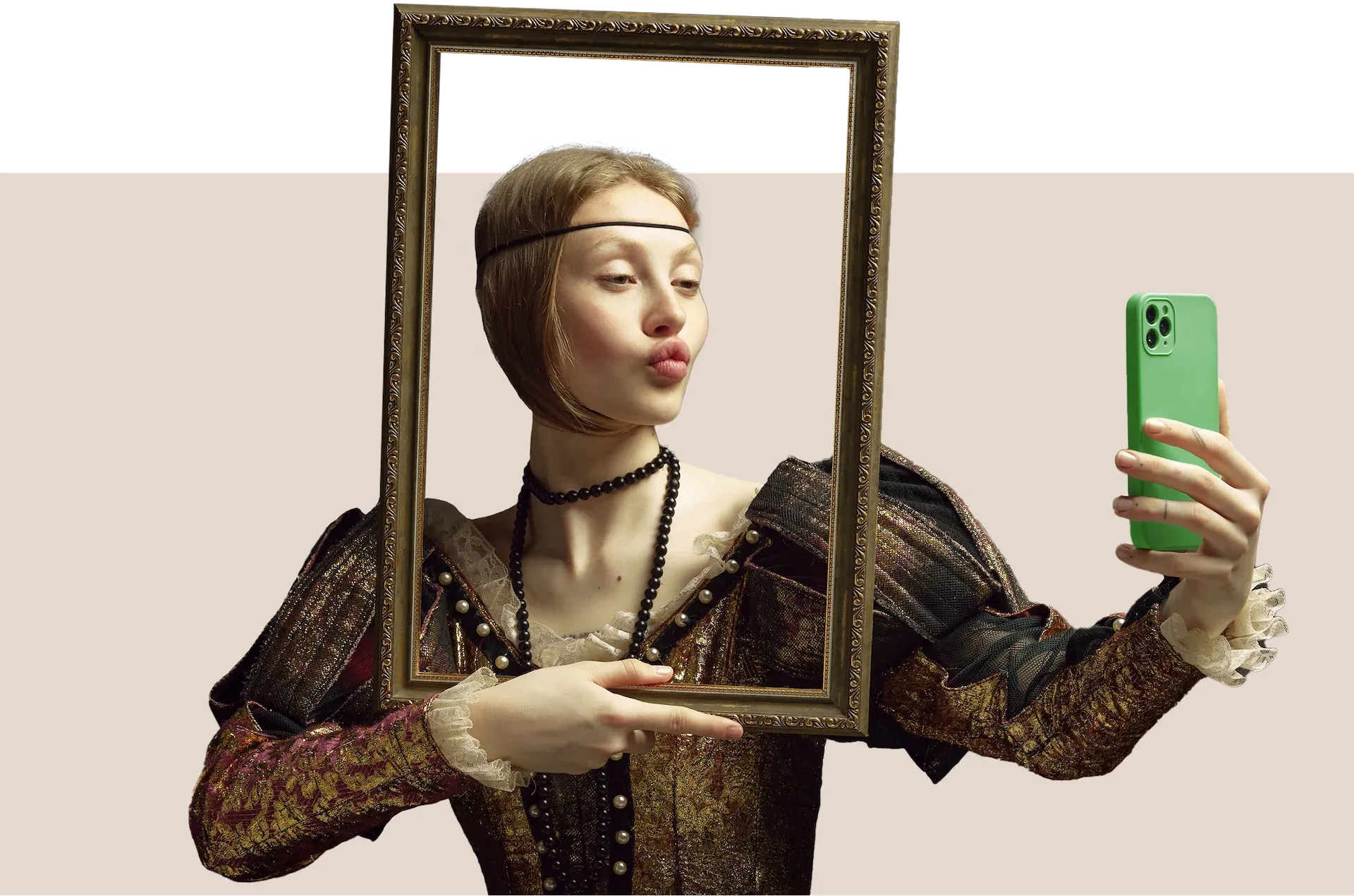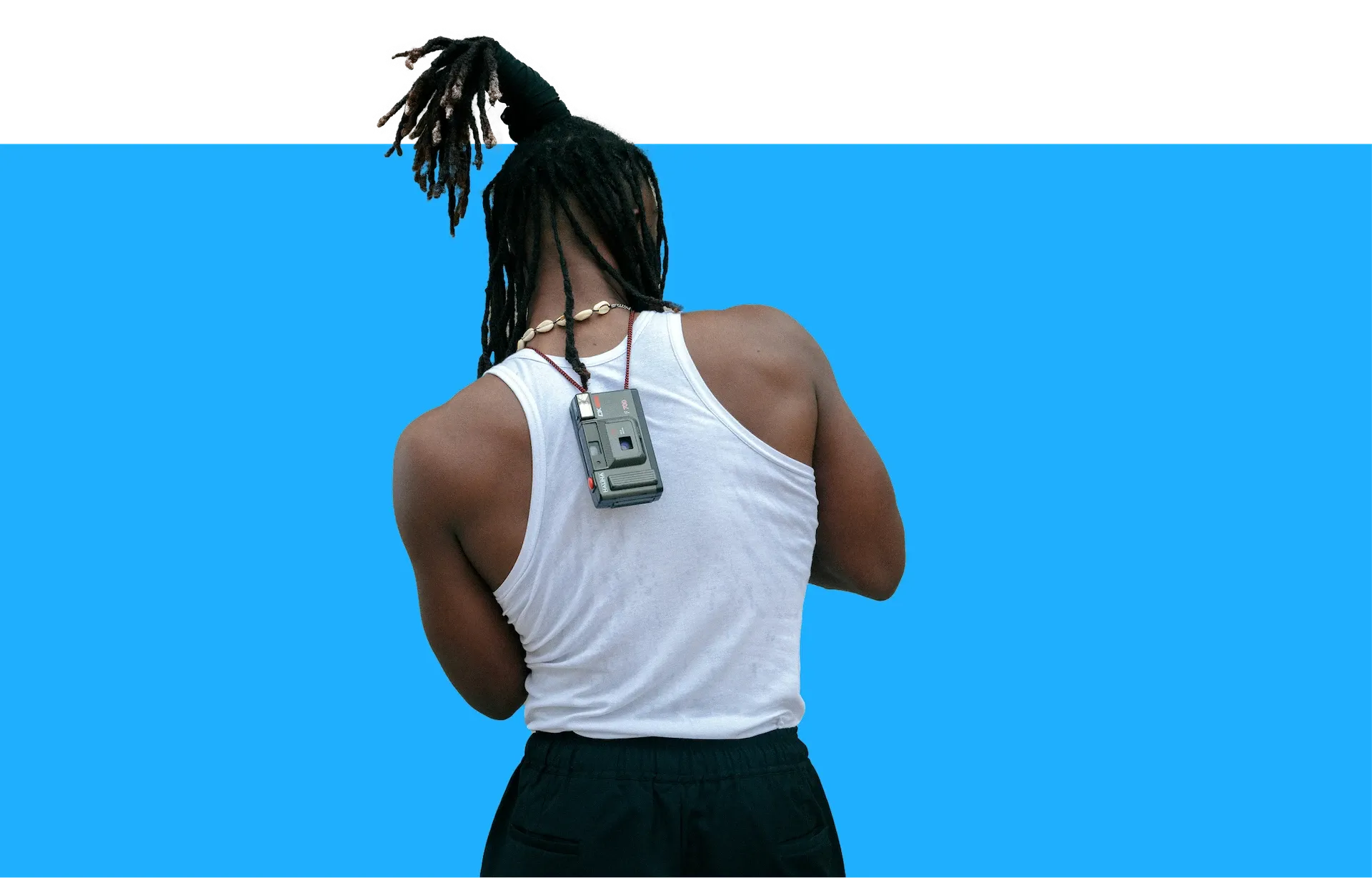What brands can learn from creators to succeed on social
We sat down with a group of leading creative voices to explore what really works on social media today, and how brands can keep up. Here’s what we learned.

The rules of social media have changed, and creators are writing the new playbook. They’re not chasing algorithms or hunting down followers at whatever cost. Rather, they’re building loyal audiences through one of humankind’s oldest customs: storytelling. For brands that want to stay relevant, there’s a lot to catch up on.
We spoke with a group of content leaders and social media experts to understand what’s working, what isn’t, and where things are headed next. Here’s how brands can show up and glow up alongside social media.
Start with what’s natural (and what’s manageable)
Social success doesn’t mean being everywhere — it means being in the place that matters, when it matters.
“In a perfect world, you show up on all platforms all the time,” says Contessa Boorman, director of marketing and brand strategy at VaynerSpeakers. “But I would start with a couple — and where it makes sense for your business.”
That could mean LinkedIn for B2B storytelling, TikTok for broader reach, or Instagram if visual identity is key. In particular, TikTok remains a vital platform for solo creators and businesses alike — not just for reach, but for creative experimentation.
“TikTok is the foundation for video,” adds Boorman. “Edit in a casual style and you can repurpose for LinkedIn, YouTube Shorts, [or] Reels. It’s all about smart distribution.”

Content is everywhere and potential customers have unlimited choice — blanket distribution doesn’t make the grade anymore. Edit with platforms and audiences in mind, and don’t be afraid to skip a platform if it’s not the right fit for a specific piece of content.
Authenticity can’t be calculated
Audiences today want content that feels real, and they want to be entertained. “We never compromise on who we are,” says Timothy Salmon, president of production and merchandise company CatFace. “That’s what makes fans become truly dedicated — when they believe in what you stand for.”
Being boldly yourself is an empowering statement, albeit one that’s hard to justify when faced with investors and shareholders. Is it really enough? For CatFace, it’s worked a treat — since launching in 2019, they’ve accrued more than 20 million YouTube subscribers across a stable of channels.
“You have to find your product-market fit,” Salmon continues, “and then don’t deviate from it, no matter what anybody else tells you. You focus on who you are.”
Authenticity is so much more than just tone — it’s who you are. It’s your story. “Changing my content to what I was actually passionate about was a risk,” says Mary Allyson, a content creator famous for baking. “Because it wasn’t working at the beginning. It took perseverance.” But that shift, while initially slow, is what built her fanbase.

Build community, not just followers
Authentic creators don’t think in terms of followers. They think in terms of fans. “The way to turn an audience into true fans is to deliver value,” says Boorman. “That can be information, entertainment — even just connection. I’ve seen creators use call-outs like ‘tag someone who needs this,’ and the comments turn into a whole network.”
When creators lead with value, audiences respond with loyalty. And for brands, that means offering something real and creating space for engagement.
Listen. Adapt. React
The creators leading the way aren’t rigid about their strategy. They’re agile. “Social is a playground,” says Boorman. “Try things. Watch how people react. Adapt. That’s how you find what works.”
Unlike traditional media, creators operate in real time. They watch the comment section like a control room, tweaking their content based on audience feedback. “You know within hours if something’s working,” says Salmon. “You’re constantly adjusting.”
Brands may struggle with this quickfire approach, but it’s a massive opportunity. The ability to pivot quickly, act on insight, and keep your content agile can provide a serious competitive advantage.
LinkedIn is proving fertile ground for this kind of experimentation. “We’re seeing more creators build on LinkedIn because it’s text-friendly, and there’s less pressure to be perfect,” explains Olivia Owens, head of creator partnerships and business development at Teachable. “But as the platform leans more into video, that’ll change. And the ones who adapt early will win.”
Owens also sees promise in surprise pairings on the platform. “I can’t wait to see how music starts to inform content on LinkedIn,” she adds. “Someone’s going to do it in a way we’ve never seen before, and open up a whole new lane.”

Remix trends — don’t just chase them
Jumping on viral trends or memes might result in a brief spike, but long-term growth? That only comes from adding your own spin. “I think the next wave is connecting things that don’t obviously belong together,” says Owens, doubling down on her earlier point. “Bringing those ideas together creates something entirely new.”
That spirit of remixing — taking cultural signals and flipping them into something original — is what separates regular posts from iconic ones. The trend might get you noticed, but your voice is what makes people remember.
Create shareable moments
Sharing is an integral part of any content campaign — content that people want to share is content that succeeds. “When you make fun content, people inherently want to share it,” says Boorman. “Ask yourself: ‘Would I share this? Am I proud of it?’ That’s the bar.”
It’s not just about going viral. It’s about resonance. Brett Dashevsky, founder of Creator Economy NYC, believes in the power of the visual hook. “Use a strong opening line,” he says. “Add relevant visuals. A framework. A photo of yourself. People want to see you — not just AI-generated graphics.”
Embrace the uncanny. Shake the tree and see what weird fruit falls down. “I made a cake on a plane,” says Allyson. “Everyone relates to being on an airplane. But baking a cake? That’s unexpected. That’s the twist that makes people want to share it.”
Go cinematic — long-form is back
YouTube is always evolving, and creators are at the front of the curve. In fact, they’re so far ahead of the curve, they’ve come back around to long-form content.
“It’s going to be the biggest television platform out there,” says Salmon. “Creators are embracing it. We’re not just making videos anymore — we’re making movies.”
Boorman also notes this shift back to long-form, cinematic storytelling. “We started with long-form on YouTube, went short for a while, and now we’re going back,” she says, suggesting brands should move beyond short-form snacking. “But the bar is higher. It’s about story, production quality, and emotional impact.”

Don’t overlook the soundtrack
Music is more than just background noise. It’s everything. It can change the emotion, the tone, and even the narrative in a heartbeat.
“When we’re creating these longer-form, cinematic-style videos on YouTube, every detail matters,” says Salmon. “We think in genres — romance, thriller, action — and the music has to support that vibe.”
“Everything that works on social media starts with culture,” Boorman concludes. “And culture starts with sound.”
At Epidemic Sound, we believe that music doesn’t just support the story — it is the story. Our premium catalog and comprehensive licensing model help your stories, your content, your ideas travel safely across all platforms.
Because while social media platforms may change, the basics remain the same: be real and tell great stories. The creators thriving today are doing just that, and they’re not waiting for permission.
For brands, the response isn’t to compete with creators. It’s to watch them. Collaborate with them. Learn from how they move.
We simplify the music licensing process, providing the tracks and tools you need to create next-level content at scale and stay ahead of the game.
Find your brand’s voice today with Epidemic Sound.
Related posts:

